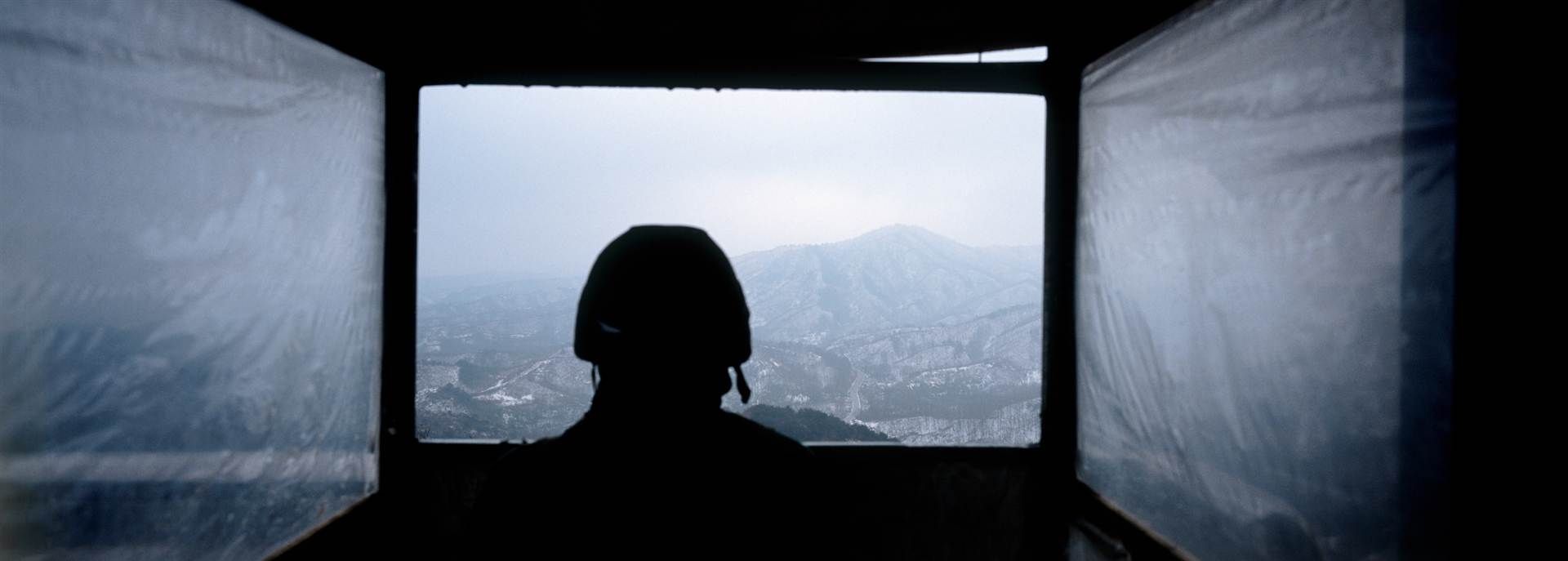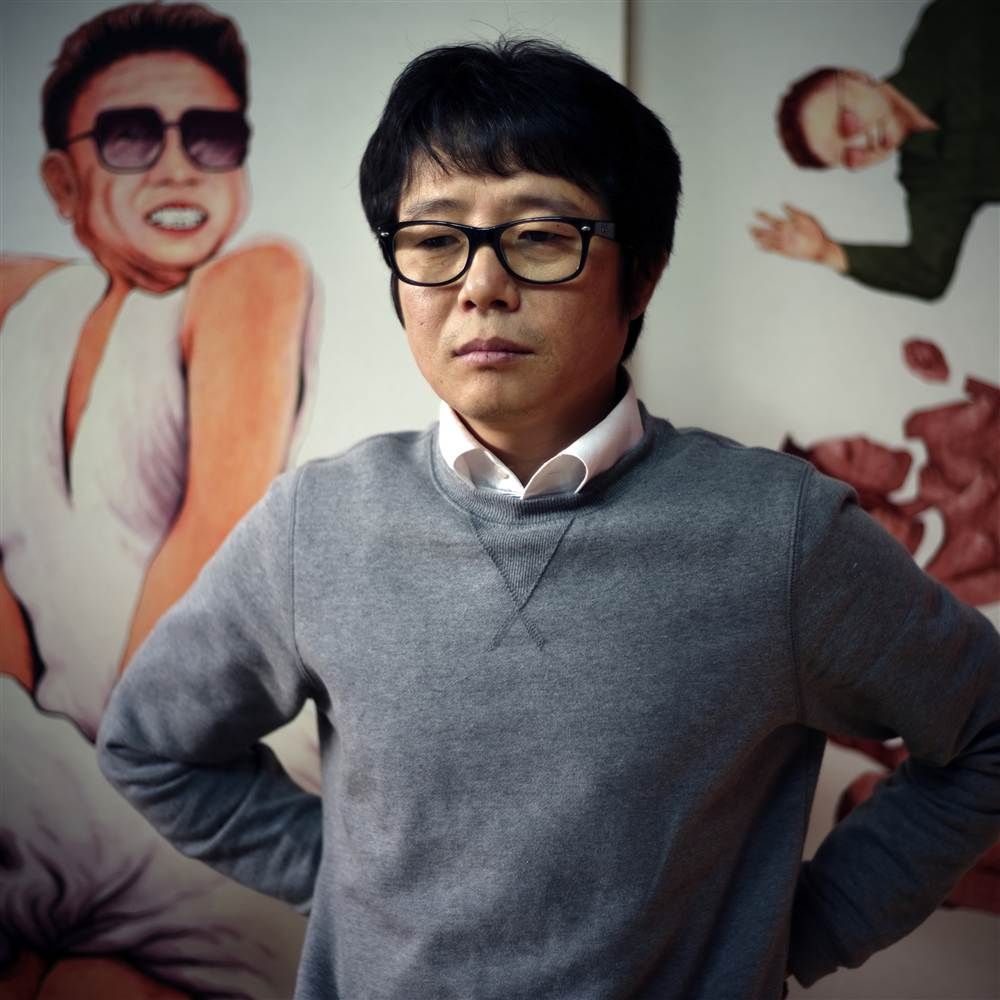February 19, 2014 | NBC News
By
Tomas van Houtryve
Each with a distinct story, these North Korean individuals risked everything to escape their home country's brutal totalitarian regime. In the years since, their responses to such horrific conditions have varied from activism in South Korea to a focus on healing.
To read the full text of this photo essay, go to NBC News.











